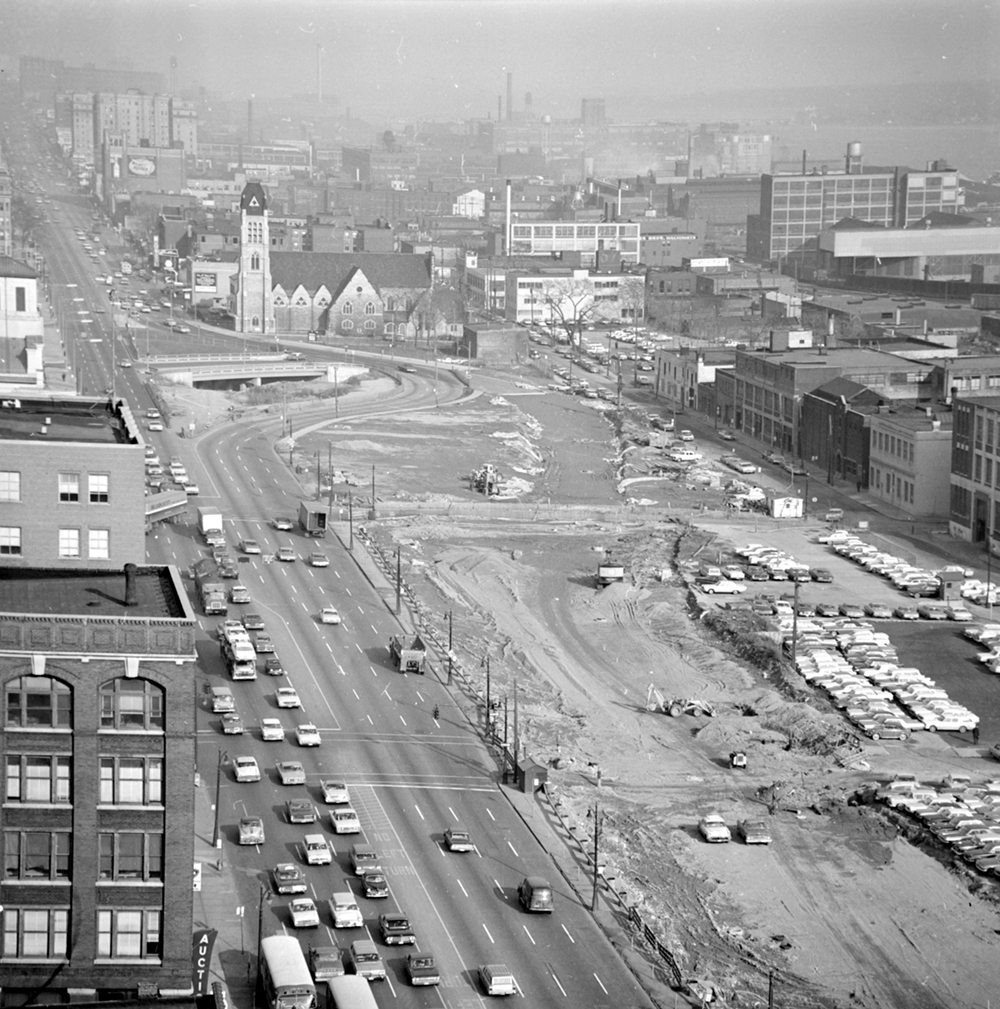Between the Lines: Detroit, 1949

BETWEEN THE LINES – PARADISE BLUE: A weekly look at the creative process through a literary lens.
Setting the Scene: Detroit, 1949
Paradise Blue is part of a three-play cycle chronicling important moments in Detroit’s history, by Motor City native Dominique Morisseau. The first play in the cycle, Detroit ’67, produced at the Public Theater in 2013, looks at the explosive and unstable days of the 1967 riots/rebellion. Skeleton Crew, slated for a 2016 production at the Atlantic Theater Company, depicts four auto workers facing an uncertain future as the city edges toward the 2008 recession. Paradise Blue, receiving its world premiere here at the Williamstown Theatre Festival, takes us to a Paradise Valley jazz club in 1949.
The Golden Years of Paradise Valley
As opportunities in the Motor City’s auto industry grew during the 1920s, 30s, and 40s, Detroit’s African-American population surged. Barred from living in many areas of the city, the majority of these new residents settled in a densely-populated neighborhood known as Blackbottom, named in the 1800s for the dark, fertile topsoil of the area. Paradise Valley was Blackbottom’s business and entertainment district — a bustling hub of activity in the 1940s, with more than 300 African-American-owned businesses ranging from pharmacies and beauty salons to night clubs and theatres.
Bebop and Blues
The Detroit jazz scene began to bloom in the 1920s, and by the 30s, around two dozen clubs were clustered in the main streets of Paradise Valley. The area experienced rapid and robust growth, and by the 40s and 50s, had become nationally renowned for its vibrant music scene: famous jazz artists, blues singers, and big bands, including Duke Ellington, Ella Fitzgerald, Pearl Bailey, and Count Basie, often performed in the district’s clubs. Paradise Valley was overflowing with homegrown music talent, and became a major feeder of jazz artists to New York City.
Paving Paradise
1949-era Detroit stood on the precipice of urban renewal — the city program that would declare whole neighborhoods to be “blighted,” demolish them, and sell the land to developers. The federal Housing Act of 1949 provided funding for “slum clearance” and set in motion the displacement of hundreds of thousands of Detroit residents. Urban renewal had a hugely disproportionate effect on communities of color, and led to the destruction of the city’s most active cultural district, Paradise Valley. By 1960, the entire Blackbottom neighborhood had been demolished to make way for the Chrysler Freeway and the housing development Lafayette Park, indelibly changing the fabric of the city.
For more, read an interview with playwright Dominique Morisseau about her hometown, her inspiration for the play, and the importance of reexamining history.
Photo: A view of the 1950s construction of Detroit’s I-75, the Chrysler Freeway, built in the area that had once been the thriving African-American business district called Paradise Valley. [Courtesy of Walter P. Reuther Library, Wayne State University]




